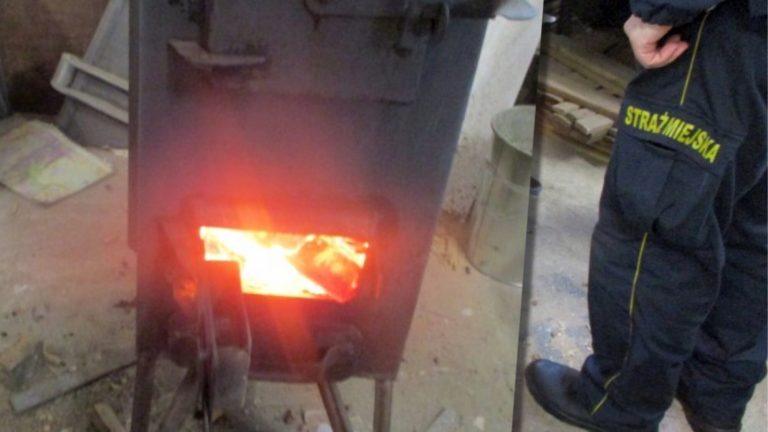Scientists examined stork nests. The research results are surprising

New soil is formed in white stork nests, and this process is responsible for… the birds themselves, who accumulate organic and inorganic matter there for years. Research on this topic was carried out by scientists from the University of Agriculture in Krakow and the PTOP.
“Soil in the white stork’s nest? Yes, and very fertile” – this is how scientists from the University of Agriculture in Krakow and the Polish Society for the Protection of Birds (PTOP) summarize new conclusions from the analyzes of white stork nests on social media.
Their research shows that in the nests of white storks – in the most literal sense – new soil is formed. This happens completely without the involvement of the parent rock and contact with the ground. Scientists call this soil ornitogenic – which means that it was created with the overwhelming participation of birds.
“How is this possible? Storks use their nests for many years, often for more than half a century, expanding them every year, which allows them to reach impressive sizes and weights exceeding 1.5 tons. The main building materials are sticks, branches, turf and manure. Garbage is also not uncommon. Over time, this material decomposes strongly, creating something like a tightly compacted cylinder inside the nest, which, as it turned out, has the characteristics of soil,” write the authors of the study.
Each subsequent season of using the nest means new portions of organic material: food remains, feces and pellets (i.e. conglomerates of undigested parts of food, such as bones or hair). More feathers and egg shells arrive.
A closer inspection of the soil in the nest structure reveals layers of different composition. “You can distinguish profiles with different physical and chemical properties, its reaction is acidic, it is rich in nutrients such as calcium, magnesium, sodium and potassium, but also heavy metals (mainly copper, zinc and cadmium). This provides an excellent living environment for many microorganisms. It is therefore not surprising that during the research we found 82 taxa of fungi and 22 insects, many of which are closely related to the soil environment. Half of the fungi are species previously unknown to science,” say the scientists.
They estimate that the mass of the entire nesting material – including soil, determined for the entire world population of this species is approximately 100,000. tone.
“This is another study showing how important a role white storks play in the environment. And it’s not just that they are an indicator of the high biodiversity of the areas surrounding their nests. It turns out that the nests themselves are real +hot spots+ of biodiversity. Small but extremely rich worlds, composed of many unique organisms,” they comment.
The research results were published in the journal “Science of the Total Environment”.






